The longevity index in Iran is now 22 years higher than before the Islamic Revolution in 1975 and even higher than the global average.
The index of life expectancy before the Revolution was 55 years which was among the lowest in the world.
The longevity index in the country has reached 77 years. Even the World Bank has reported this important achievement of the Islamic Republic.
Another breakthrough of the Islamic Republic in health is a 10-fold reduction in infant and maternal mortality.
Before the Islamic Revolution, maternal mortality accounted for 274 per 100,000, but now it has reached 16 per 100,000.
Infant mortality has also plunged from 82 per 1,000 to 11 per 1,000 people, which is a crucial achievement.
The expansion of the public health network has also led to a large reduction in the number of deaths in children under five years of age, which is a significant increase compared to the pre-revolutionary period.
According to the World Bank, during the Pahlavi regime, more than 140,000 babies died annually, which has dropped to below 20,000 babies in recent years.
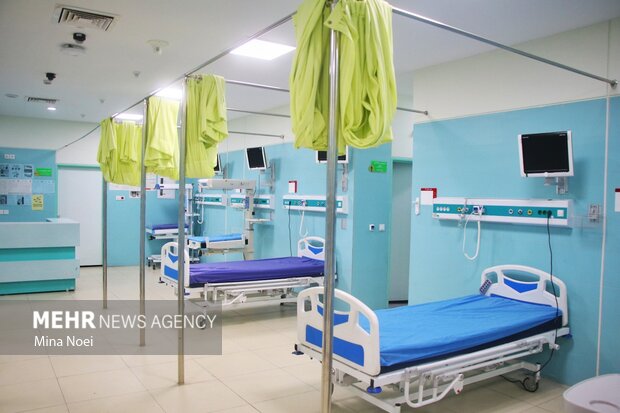
The access index includes access to physicians, hospitals, medical centers, and medicines.
Before the Islamic Revolution, up to 37 percent of cities had access to hospitals and medical centers, but now that figure has reached more than 97 percent. The number of hospital beds in the country has increased from 50,000 to 150,000 beds.
In addition, before the Islamic Revolution, there were 3 doctors per 10,000 people in the country, but now that figure has reached 16 doctors per 10,000. Physician per capita has increased 5 times in the last 45 years, while the population of the country has grown by 2.5 times.
The important development follows a nearly 12-fold increase in the number of doctors. Before the Revolution, there were about 14,000 physicians, including general physicians and specialists in various fields, a significant part of which included foreign doctors, but now there are 160,912 physicians in the country, which has grown over 11 times.
At present, nearly 60,000 doctors are studying in general and medical residency levels. If we add these people to the number of doctors in the country, the number of doctors is about 200,000. Currently, there is no need for foreign doctors in the country.
Statistics show that 60 percent of graduates in the MS are women. At the doctoral level, 52% of graduates are women.
The number of female doctors in Iran now stands at 71,000, 35 times more than the outset of the Revolution. In 1983, there were three female doctors who specialized, but now there are about 1,600.
During the Pahlavi regime, there were about 50 manufacturing companies in the field of medical equipment throughout the country, all importing and assembling raw materials from abroad and inside Iran, these companies were only able to supply 3% of the country's needs.
After the victory of the Islamic Revolution, more than 500 medical equipment companies were active and provided more than 80% of the country's needs. Currently, medical equipment manufacturing units in the country produce more than 8,000 types of medical devices in different classes and supply them to domestic and foreign markets.

Today, the Islamic Republic of Iran has the first rank in pharmaceutical production in the region, and 97% of the country's needed medicines are produced domestically.
Also, Iran is now the fourth producer of recombinant drugs in Asia, and so far 14 such drugs have been produced in the country. Recombinant drugs are mainly used in the treatment of incurable diseases such as cancers, some viral diseases, multiple sclerosis, and hemophilia.
The progress made in the fields of medicine and health shows that one of the most important priorities of the Islamic Republic of Iran in the past 45 years has been to pay attention to people's lives and improve health indicators.
But the enemies are seeking to deny the tangible achievements. It is important to note that the progress in these areas has been achieved in the context of eight years of imposed war and also cruel Western sanctions, especially the United States.
The most severe sanction and medical atrocity occurred during the Coronavirus outbreak, but with the emphasis of the Leader of the Islamic Revolution on scientific development in various fields, especially medicine, Iran prevented serious disruption to the country's health and medical system.
Undoubtedly, these developments will continue in the second phase of the Islamic Revolution.
MNA


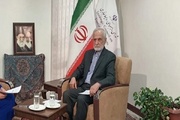


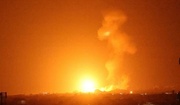

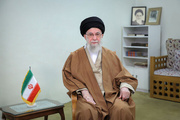

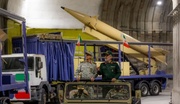
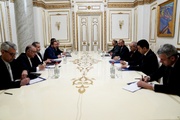
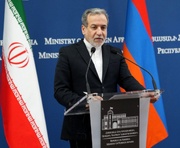





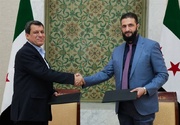
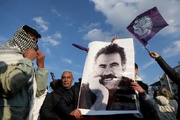
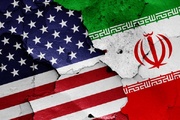
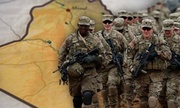


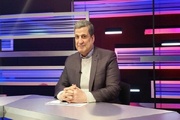
Your Comment